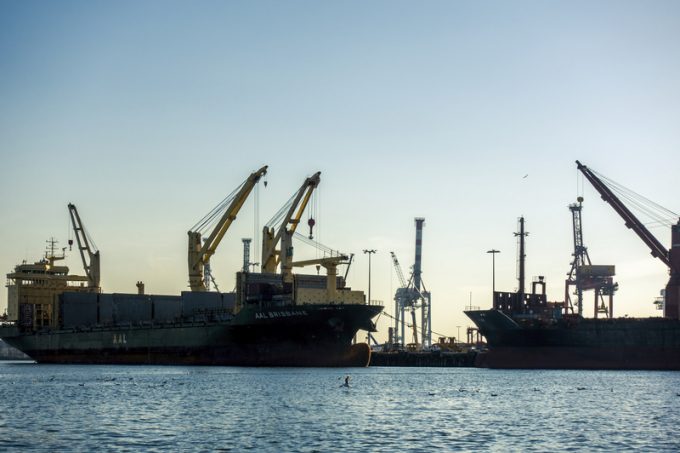Transpacific trade – follow my lead
All eyes on the next move

At a time of massive earnings – thanks to spiralling volumes spilling over from the container segment – Singapore-based breakbulk and heavylift operator AAL plans to add four new 32,000 dwt multipurpose vessels (MPVs) to its fleet.
They will be constructed at CSSC Huangpu Wenchong Shipyard ...

Comment on this article